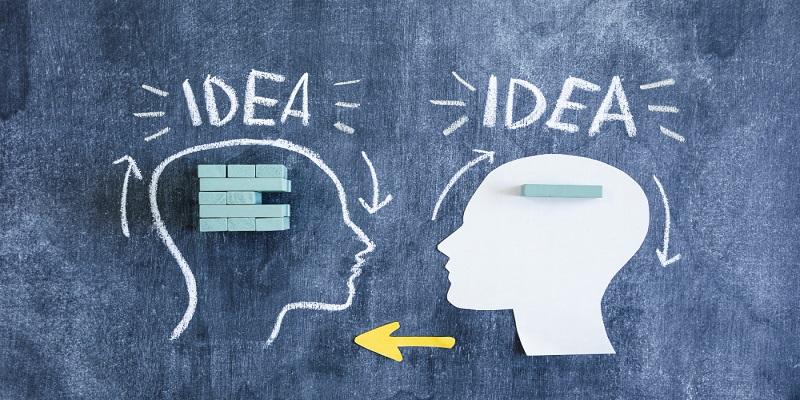In recent years, There has been an exponential interest in incorporating mindfulness practices into education, particularly right brain education. This is due to the increasing evidence supporting the benefits of mindfulness for enhancing cognitive function, emotional regulation, and overall well-being. This article will explore how mindfulness practices can be incorporated into proper brain education to enhance memory improvement techniques.
What is Mindfulness?
Mindfulness is a form of meditation that involves paying attention to the present moment with a non-judgmental and accepting attitude. It focuses on sensations, thoughts, and emotions in the present moment without becoming caught up in them or reacting to them. By practicing mindfulness regularly, individuals can develop greater awareness of their inner experience, cultivate a sense of calm and relaxation, and improve their ability to regulate emotions.
How Can Mindfulness Improve Memory?
Mindfulness can improve memory in several ways:
- It reduces stress. By practicing mindfulness, individuals can develop greater resilience to stress, which can help protect against memory impairment.
- Mindfulness can enhance attentional control and focus. Individuals can improve their ability to encode and retrieve information by training the mind to stay present and focused.
- Mindfulness can act as cognitive behavioral therapy, which enhances the brain’s flexibility and mental agility, which can help individuals adapt to new situations and retrieve information more efficiently.
Incorporating Mindfulness Practices into Right Brain Education
Incorporating mindfulness practices into right-brain education can enhance memory improvement techniques. Here are some practical strategies for incorporating mindfulness practices into the classroom:
- Mindful Breathing:
Start each class with a brief breathing exercise encouraging students to focus on their breath and observe their thoughts and emotions without judgment. This can help students become more centered and focused, enhancing memory function.
- Mindful Movement:
Incorporate mindful movements such as yoga or tai chi into the curriculum. These practices can help students to develop greater body awareness, reduce stress, and improve overall well-being.
- Mindful Listening:
Encourage students to practice mindful listening by actively listening to one another during class discussions. This can help develop greater attentional control and focus, enhancing memory retention and recall.
- Mindful Visualization:
Use guided visualization exercises to help students to visualize and encode new information. Visualization exercises can help to enhance memory retention and recall by activating the right brain’s visual processing centers.
- Mindful Reflection:
Encourage students to reflect mindfully on their learning experiences. This can involve asking open-ended questions and encouraging students to think deeply about their experiences and insights.
By incorporating mindfulness practices into right brain training, educators can help students develop greater awareness, focus, and resilience, enhancing memory improvement techniques. Whether through breathing exercises, mindful movement practices, mindful listening, visualization, or reflection, mindfulness practices can provide valuable tools for improving memory function and overall well-being
